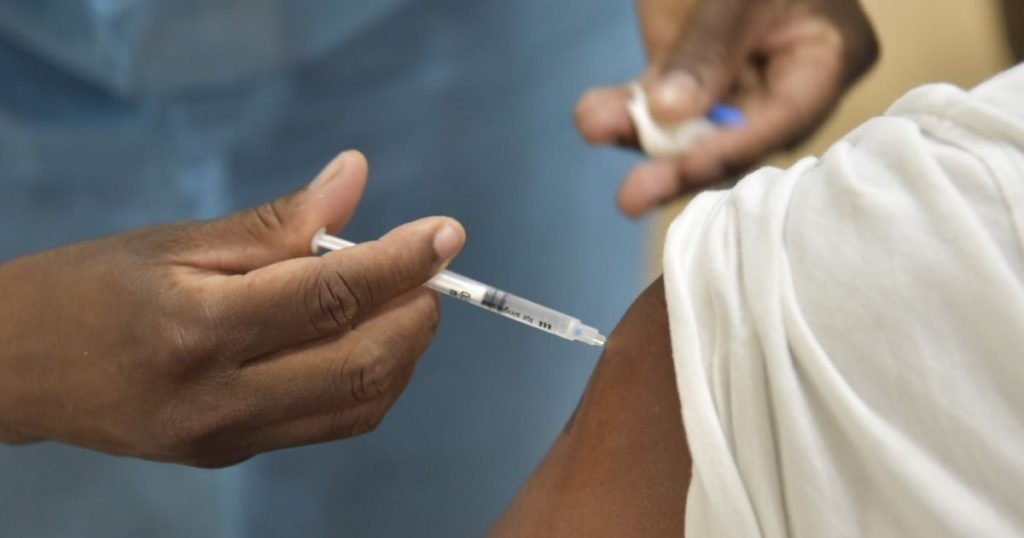The Ministry of Health and Wellness has reported that of the more than 135,000 persons who received the first dose of the COVID-19 vaccine, only a few made an Event Supposedly Attributable to Vaccination or Immunisation (ESAVI) report.
ESAVI is one of the processes included in the surveillance conducted by countries through their epidemiology office. This surveillance includes an operational definition that triggers case-finding and reporting; clinical, epidemiological and laboratory investigation of the case, and concludes with the final classification of the event.
The Ministry’s vaccination programme began on March 10, 2021. To date, 135,473 persons have received the first dose of the COVID-19 vaccine, which represents seven per cent of the target population of 1,924,759.
Director of Family Health Services in the Ministry of Health and Wellness, Dr Melody Ennis says they have been monitoring reports over the period.
“We have received, to date, 76 notifications, the vast majority coming from females amounting to 66 and males just 10,” she said.
“We continue to watch this trend that the younger persons who receive the vaccines are the ones that have the most side effects,” Dr Ennis added.
Young persons between 18 and 37 years of age accounted for 34 of the 76 persons reporting side effects. Five serious reports were made.
“We also analysed the adverse events and we categorised some as being serious. What we call serious would be deaths, activities that may be life-threatening, anything that leads to disability,” Dr Ennis said.
Some of the reports are classified as unknown.
“Unknown is an interesting category, because when we assess the reports, we cannot make a determination. It’s possible that the information is inadequate, so we classify those as unknown,” she noted.
Dr Ennis pointed out that Jamaica has had one death that continues to be under investigation.
“Our two life-threatening conditions were actually the dreaded anaphylactic reactions. We are happy to report that the patients who would have been classified as same, would have recovered and are doing well,” she said.
“We also had two hospitalisations and these persons have been discharged and continue to do well,” Dr Ennis said.




